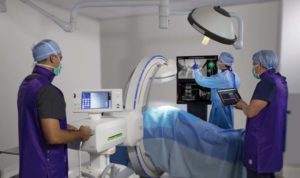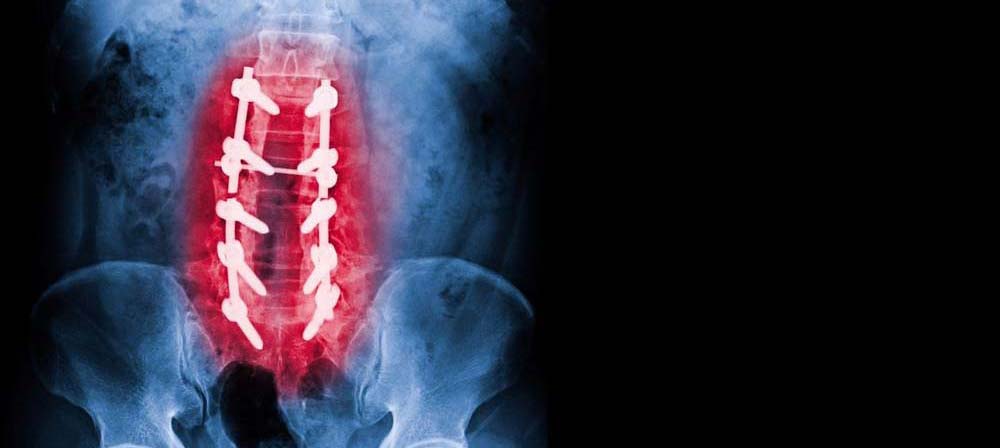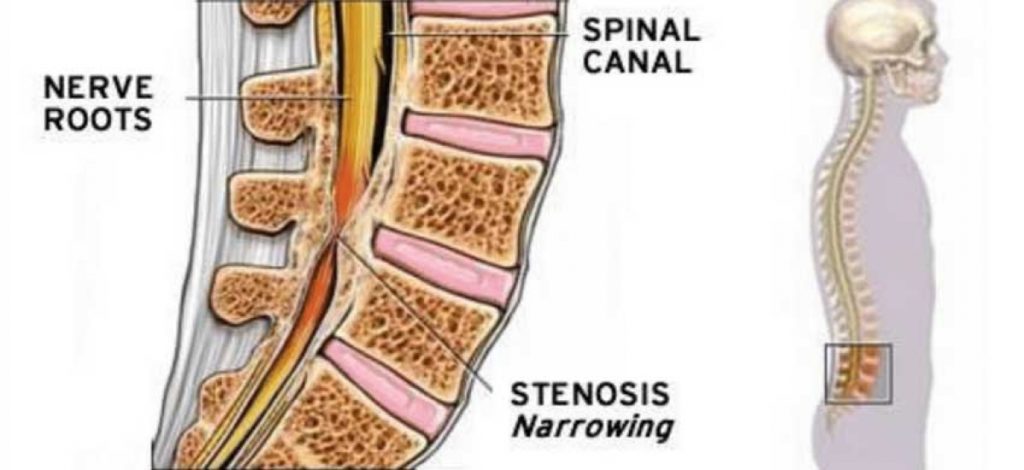Lumbar decompression is a type of surgery which helps us to treat compressed nerves in the lower (lumbar) spine.
We only recommend it when non-surgical treatments have not solved the problem. The surgery aims to improve symptoms such as persistent pain and numbness in the legs caused by pressure on the nerves.
When is lumbar decompression useful?
Lumbar decompression surgery is often used to treat:
–Spinal stenosis: Narrowing of a section of the spine, which puts pressure on the inner nerves.
-A slipped and sciatic disc, where a damaged spinal disc presses an underlying nerve.
-Injuries to the spine, such as a fracture or swelling of tissue.
-Compression of the metastatic spinal cord: cancer in a part of the body, such as the lungs, spreads to the spine and presses the spinal cord or nerves.
What happens during lumbar decompression surgery
If lumbar decompression surgery is recommended, you will usually have at least one of the following procedures:
Laminectomy:
In this surgery, specialists remove a section of bone from one of your vertebrae (spinal bones). It relieves pressure on the affected nerve.
Discectomy:
In this surgical procedure, specialists remove a section of a damaged disc to relieve pressure on a nerve.
Spinal fusion:
Two or more vertebrae join with a section of bone to stabilize and strengthen the spine.

In many cases, surgeons perform a combination of these techniques. Lumbar decompression is usually performed under general anaesthesia, which means that you will be unconscious during the procedure and will not feel any pain. The entire surgery usually takes at least an hour, but it can take much longer, depending on the complexity of the procedure.
Recovery
Usually, you will be well enough to leave the hospital between one and four days after surgery. It depends on the complexity of the surgery and your level of mobility before the operation.
Most people can walk without help within a day after surgery, although strenuous activities should be avoided for approximately six weeks.
You may be able to return to work after four to six weeks, although you may need more free time if your job involves driving for long periods or heavy lifting.
Risks
Although lumbar decompression is often successful, like all types of surgery, it carries the risk of complications. Complications associated with lumbar decompression surgery include:
-Infection at the site of the operation, or in rare cases an infection elsewhere.
-A blood clot that develops in one of the veins of your legs, known as deep vein thrombosis (DVT). In rare cases, the clot can travel to the lungs, causing a serious problem called pulmonary embolism.
-Damage to the spinal nerves, resulting in continuous symptoms, numbness or weakness in one or both legs.
These complications are extremely rare when you are in expert hands.


